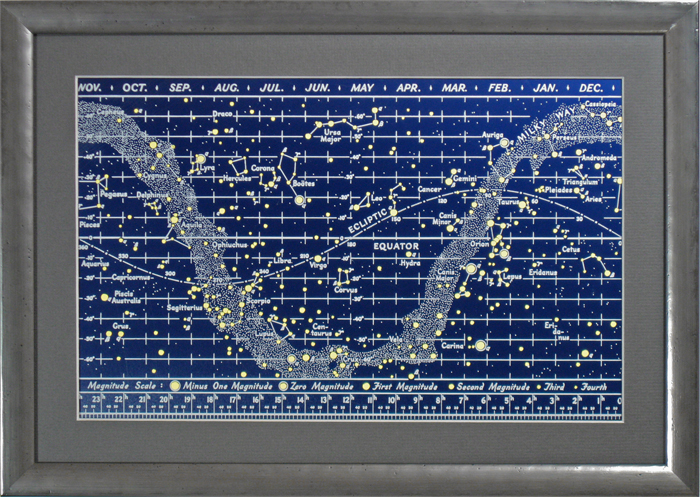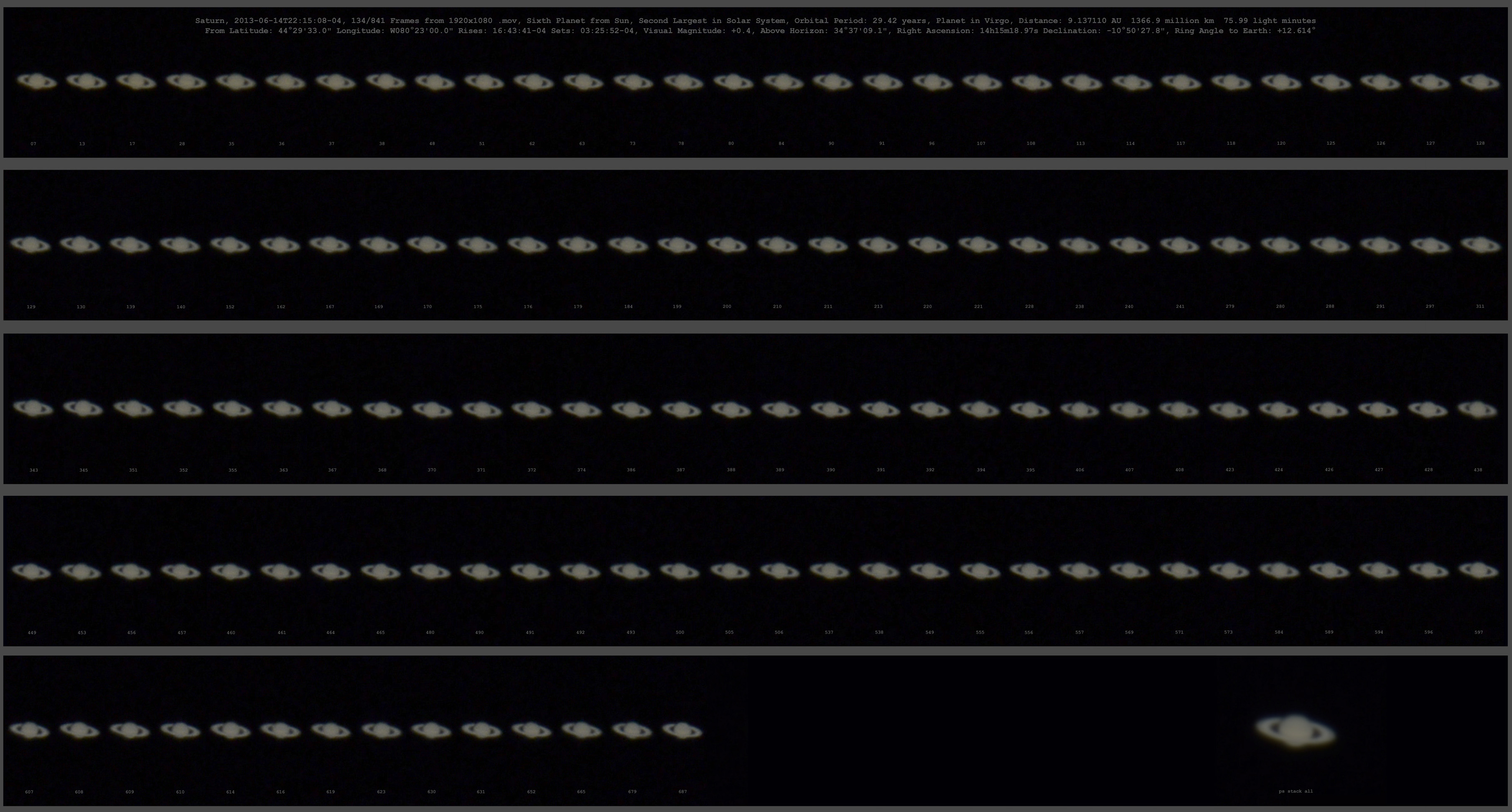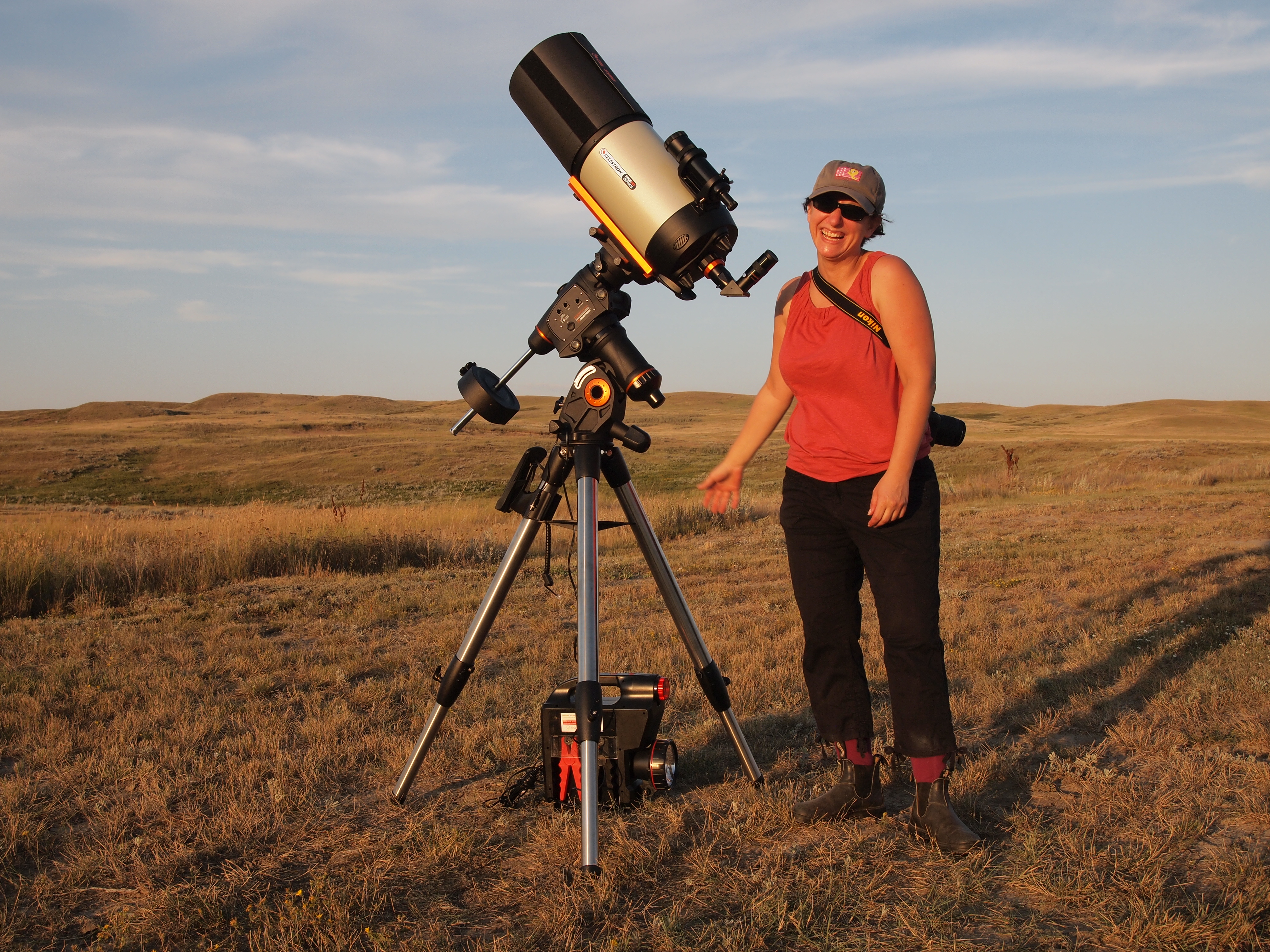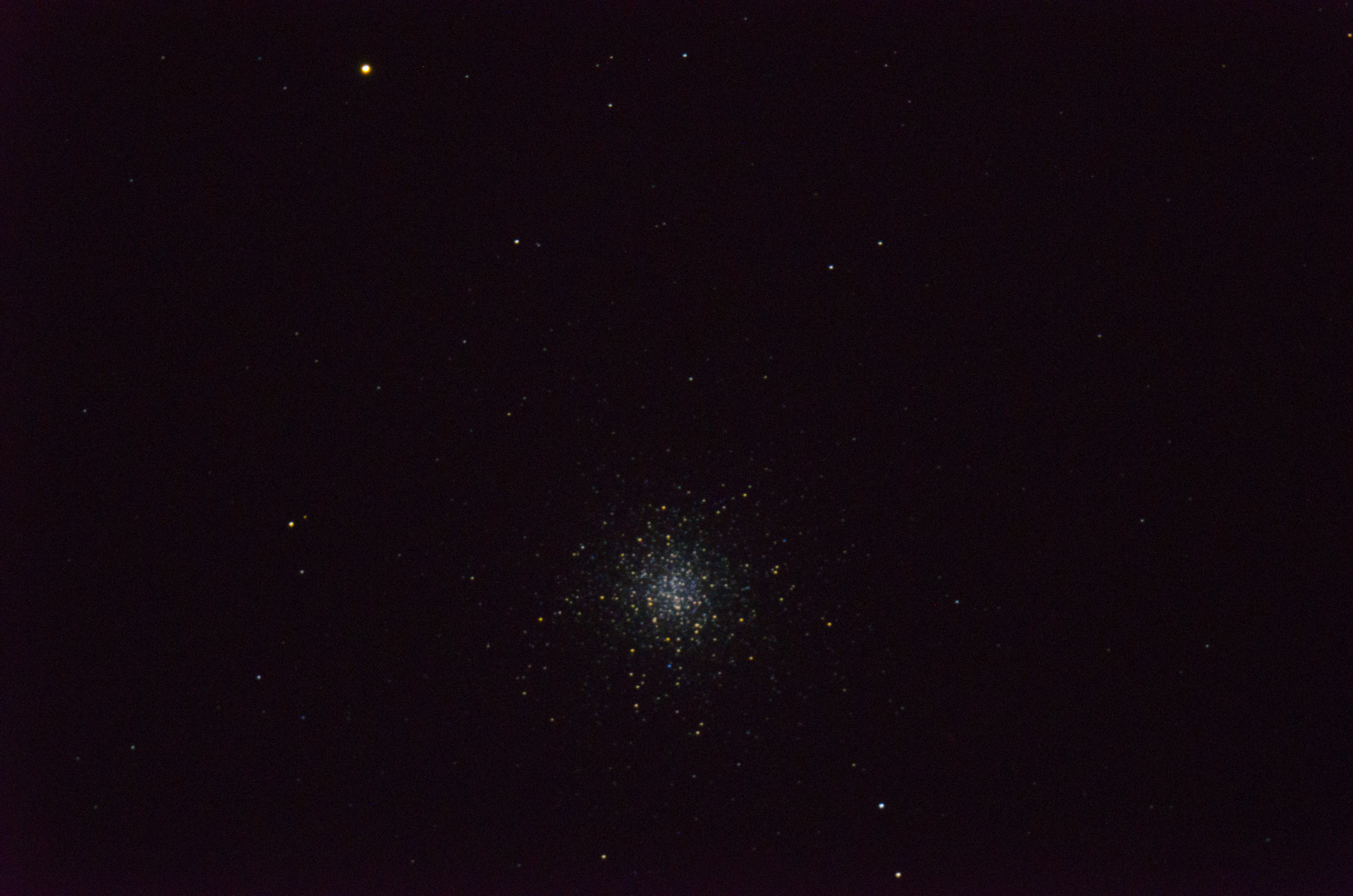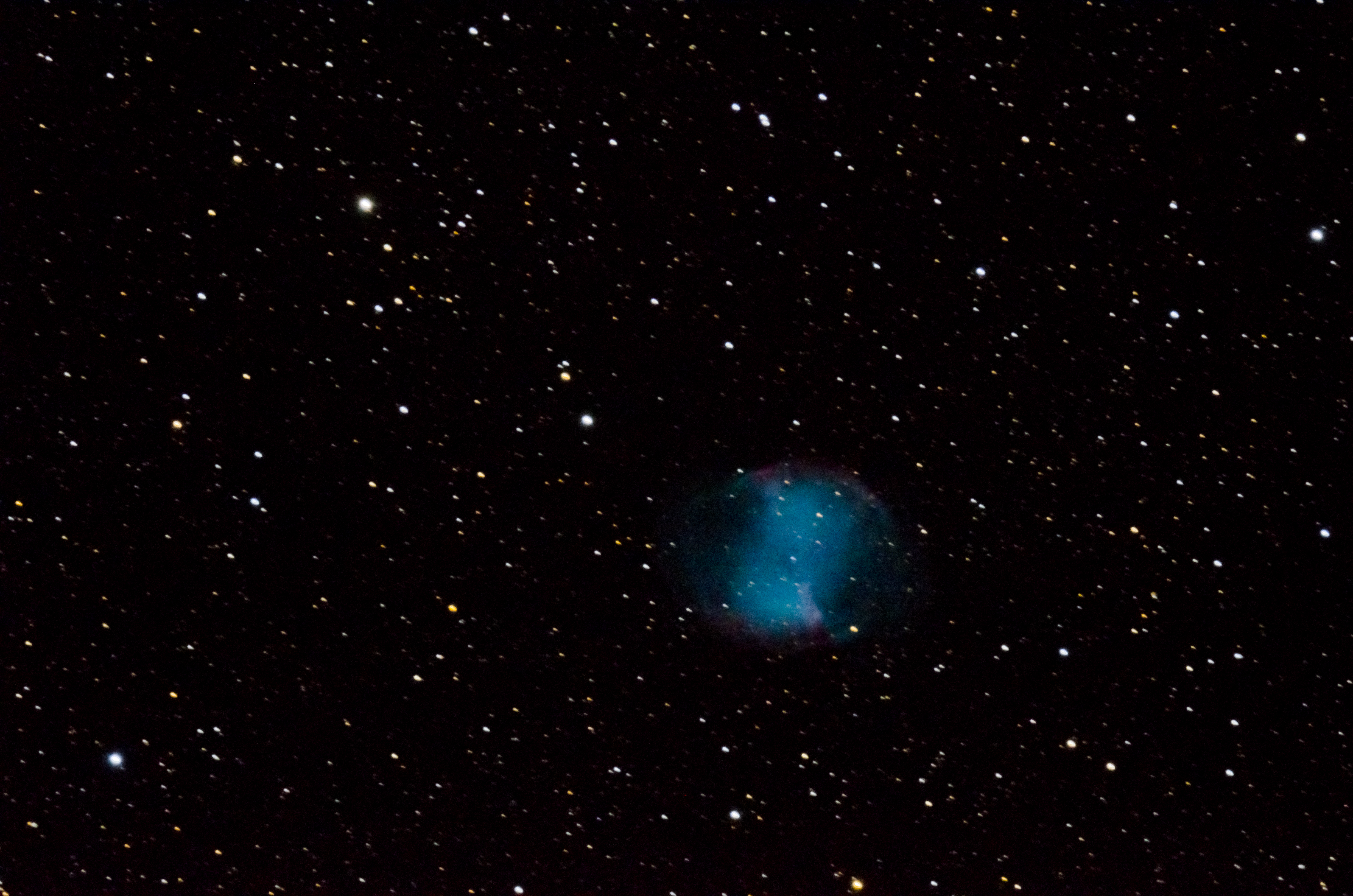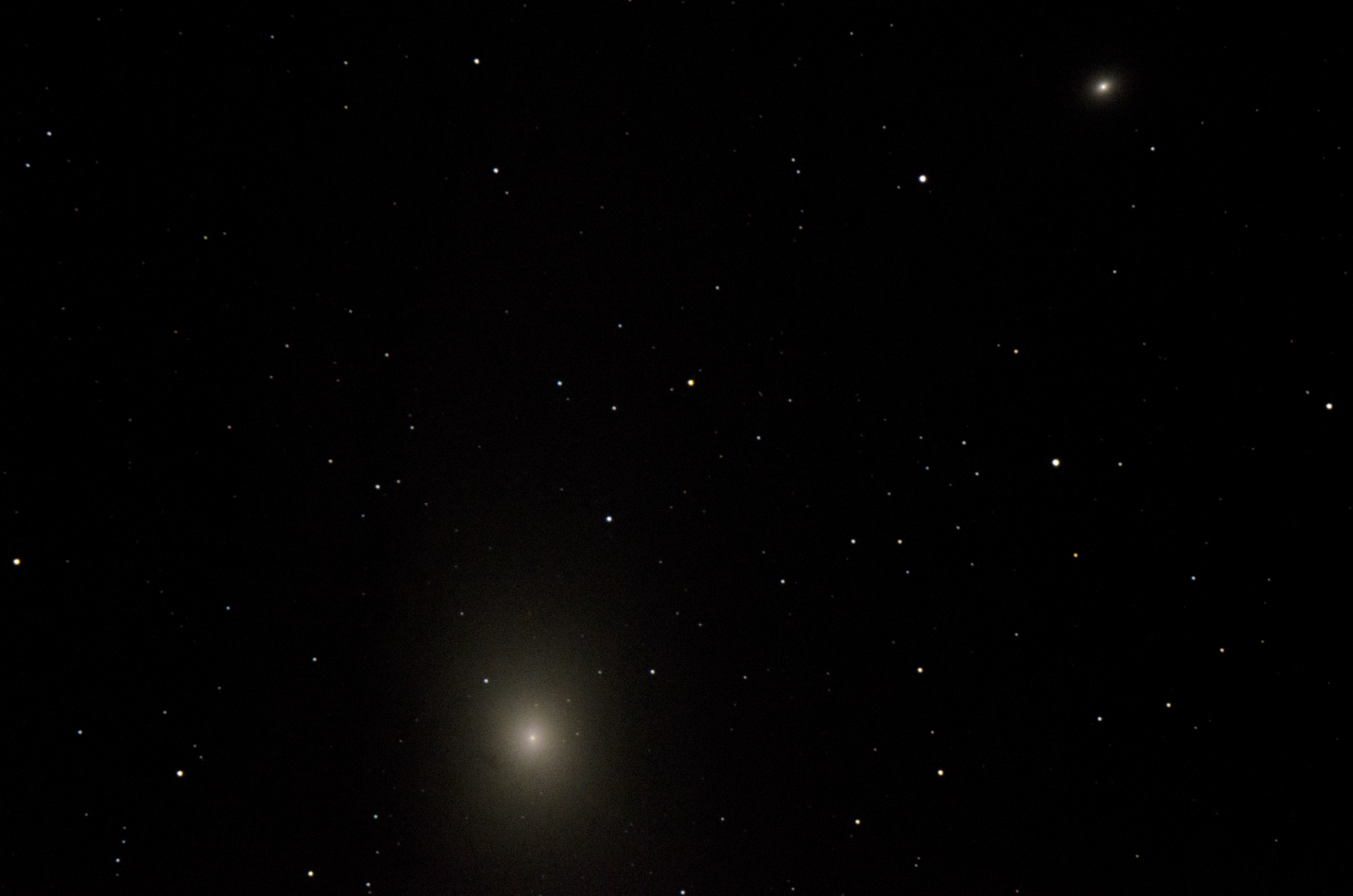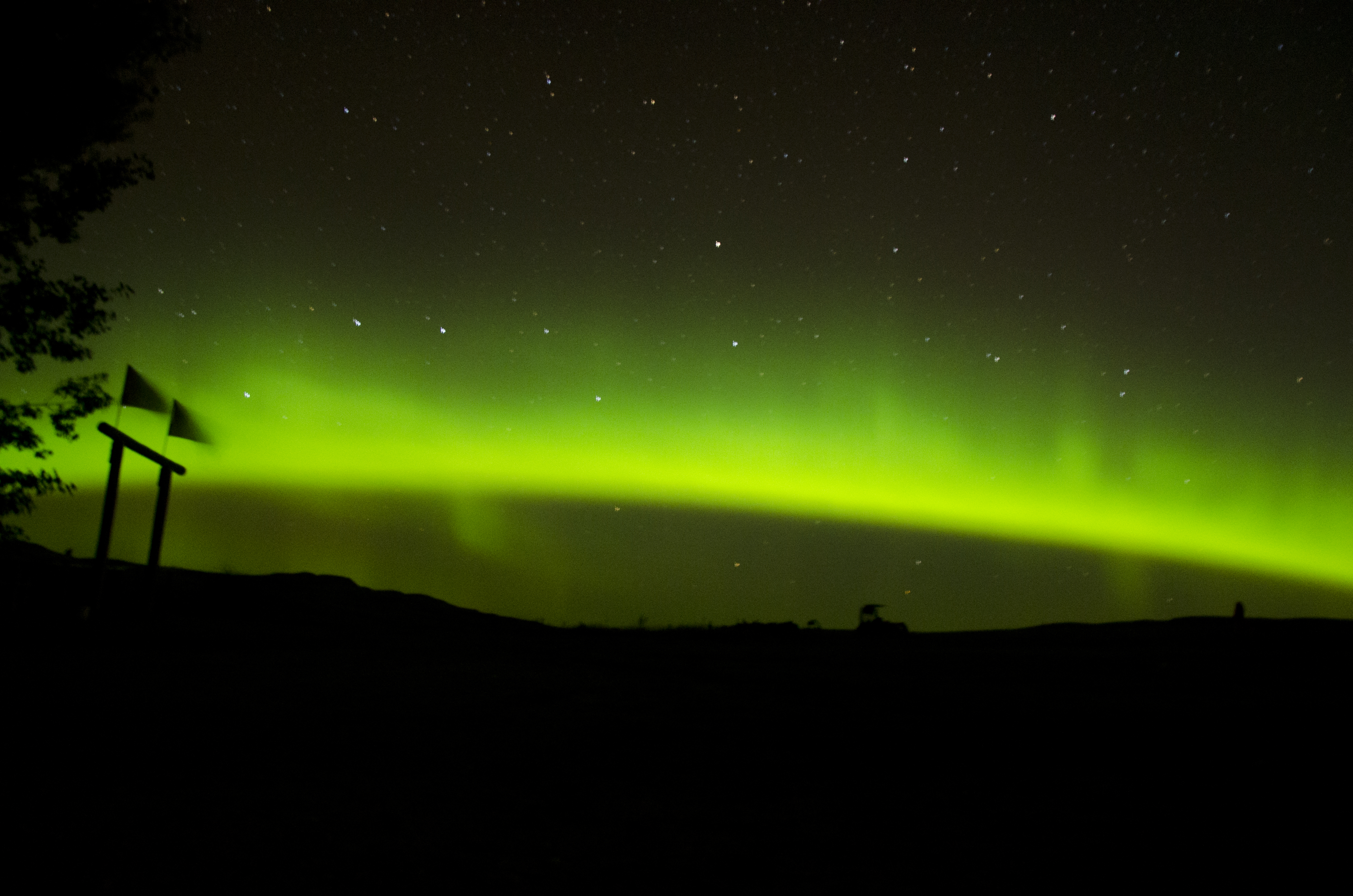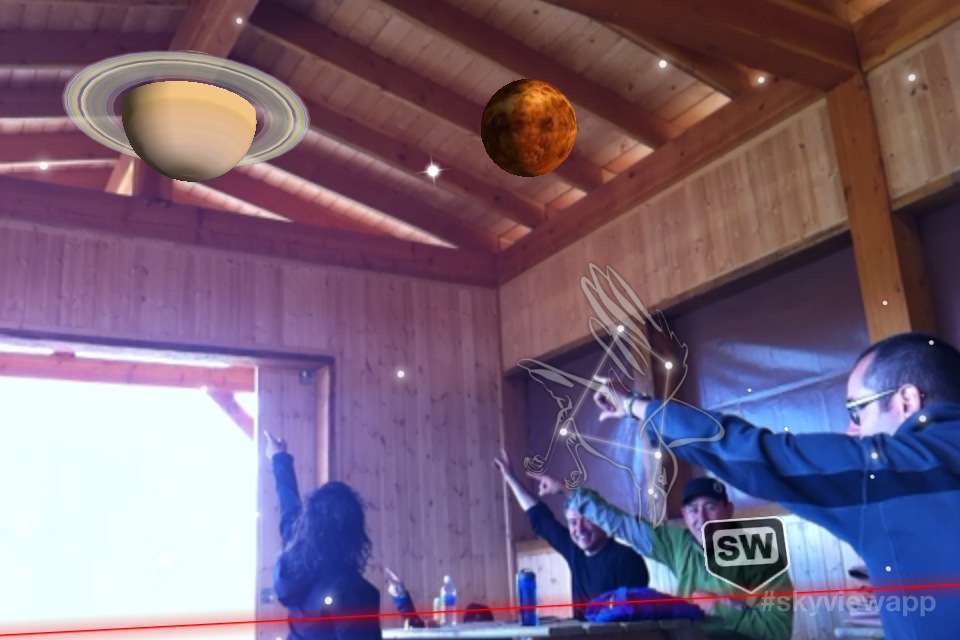This fall is an important time for me to develop knowledge and skills towards creating the kinetic Saturn sculpture(s) I have been conceiving over the past many months. The project is supported by a Grant to New Media and Audio Artists from the Canada Council for the Arts, and I will be spending some time in Winnipeg doing an artist residency at Video Pool in summer, 2014, to further develop the work. The first exhibition is planned through Video Pool, perhaps at Platform, in late summer 2015, and while two full years seems a great deal of time to make a new body of work, I have such a huge amount to learn to be able to pull it off. Unusually, I am using a public blog to share my progress (often, artists don’t share process/progress in progress, for all sorts of reasons).
I am contracting Rob Cruickshank as a consultant and hacker and coder and amateur astronomer, and also have John Campbell to turn to here in Regina. This semester I’ve decided to sit in on David Gerhard’s 2nd year Computer Science Course Building Interactive Gadgets, which is a good introduction to both electronics, and Arduino (the starter kit for the UNO comprises the lab schedule). David’s course requires students create a working interactive electronic something, and so I am using the course as a structured way to work through my first concept for a prototype for the kinetic sculpture.
What is the idea for the piece? My initial concept for the piece arose when imagining a way to use stop-motion photography and a model of Saturn to create an animation to reveal its various appearances throughout its 29~-year orbital period. It became clear that I was imagining a kinetic sculpture that itself is an art object to be presented as part of an installation alongside the images and animations captured.
I imagined that I would create one large sculpture, but in my conversations with Rob so far I realize that a single object may not be able to depict the range of variables that reality presents: I need to explore a variety of ways to represent the relative and apparent motions of Saturn and Earth considering both time frame (Years, Months, Days, Minutes), and engineering the movement of the camera (Earth), the model of Saturn, and perhaps cosmological cosmos context: a background of space. The key concept here is simulation: my goal is not to create a straightforward orrery or Saturnilabe (clockwork models of the solar or planetary system), but a device(s) that both physically demonstrates planetary motion and is used to capture images to present video of those simulated motions from an artistic rather than scientific or engineering perspective. I have no idea at the moment how to accomplish any of this, but I have starting points.
I have begun the research by purchasing the Arduino UNO starter kit to develop some basic knowledge of making things move and C-based programming; I am enjoying the Monday night Arduino Crafting Group which Rebecca Caines started in 2011 as an awesome group studio experience (in fact, the germ of this idea arose during one of our many discussions one Monday night, perhaps as early as fall 2011); and I am using David’s course to develop my first prototyped object. I am to write a proposal for the project that describes the device; cites one inspirational source for the build; outlines 5 milestones or iterations (the 3rd of which, for the purpose of the class, is to be the real goal), and includes images, circuit diagrams, and code listings. I am to justify the difficulty level against my current knowledge. The structure provided by David’s course is really helpful, given that the difficulty level to current knowledge ratio is 9:1.
Prototype I
The first prototype that I will build is the most simple of solutions and eliminates, I think, many of the engineering/mathematical/code issues that scare the hell out of me in other options (which include a camera as earth that rotates axially while tracking a solar orbit, and a Saturn that rotates axially while tracking a solar orbit, accurately relative to the sun, each other, and space. I keep reminding myself: I am not making a saturnilabe or orrery, I am not trying to make a scientifically accurate instrument). This prototype is a good way for me to get started.
A fixed camera (perhaps a GoPro, of which I own two) points at a small model of Saturn behind which is a sort of upright conveyor belt upon which the ecliptic and zodiacal constellations are depicted. The conveyor belt imagery will need to be set to depict a period of time (how long, logically, I have yet to work out), provide the context of apparent motion as seen from earth which the camera can capture and present on a monitor or through projection. The model Saturn can be static (iteration 1) set to spin on an axis (iteration 2) and on a gimbal (iteration 3), to depict its daily and annual orbital motions.
Rob asks: will this be like a snapshot, or move continuously, like an orrery? I think iteration 1 needs to be a snapshot of a period of time. It can be saturn’s entire 29.42 year orbit, and in this case, the backdrop of constellations would move to depict Saturn’s motion through the entire zodiac over the course of its orbit (ignoring daylight on earth), and the model planet can scrap daily spin in favour of using a gimbal (or something) to depict the changing appearance of the rings. It could also be the course of a selected night of opposition (or series thereof), from sundown to sunup, and in this case the backdrop would need to painted and move in such a way as to depict Saturn moving with each positional constellation from planet-rise to planet-set.
Rob asks: Background of stars, moving or fixed? Moving.
Rob asks: from POV of earth, stars will rotate like a wheel? Actually, a wheel might be quite a beautiful construction (in the way it could reference gears or a clockwork). I need to think about what periods of time could be depicted on the outside of a wheel, literally, or contained within a moving scroll.
Rob asks: Mercator? I love the Mercator drawings of the Jovian moons, but I have no idea how to make one!!! But I do see the ecliptic not in a straight line, but in a wave like THIS (is this a mercator?). If so, how much of the sky is shown? I suppose enough of the sky to show the full zodiac constellations around the ecliptic. The camera will be close cropped enough to not reveal the structure in the captured video/images, though the structure will be plainly visible. Rob asks: Is the background a rectangle (unrolled cylinder) circle, or hollow sphere (!). HOLLOW SPHERE!!!????? Wow. I gotta think about that. How would motion for this prototype be depicted if a hollow sphere? Maybe a hollow sphere will better suit a full rotating orrery style object (the earth and saturn and sun (?) contained and moving within a partially open hollow sphere???) Rob you are fucking awesome.
Rob asks: Earth POV? From hypothetical centre of Earth? A point on Earth’s surface? From sun? Other bodies? If from Earth’s surface, what about darkness or light? I have been thinking from the standpoint of a point on earth’s surface, and have imagined the conveyor belt to fade from daylight (with low contrast cosmos) to nighttime (with high contrast cosmos) if the period of time chosen includes days and nights (say, one earth year).
So: What I need to do in pretty short order is consider all these possibilities and sort out 5 benchmarks, from the most simple iteration as a starting point, logically followed through more complex possibilities.
Now….
For record-keeping, Rob has also sent some details about motor possibilities and I have some conception of the difference between a DC motor and stepper motors. He suggests the following, which I need to read up on: a motor shield for the Arduino (http://www.adafruit.com/products/1438) this stepper motor (http://www.adafruit.com/products/324) and this geared motor as a possibility (http://www.allelectronics.com/make-a-store/item/DCM-318/12-VDC-58-RPM-MINI-MOTOR/1.html)
Other sundry notes, questions, and ideas, that I have taken over the past few weeks:
– Where do I learn about what sorts of motors exist for my conveyor belt? Rob is helping with this. Do I find, or build, a belt?
– How do I most easily calculate durations and speeds (to account for the eliptical orbit of the planet – parogee and apogee: the motors will not be moving at a constant speed, so how do I calculate speed?)?
– maybe I need to print on canvas: it is sturdy, can take being rolled up – but how can I print on one very long piece (depending on duration and re-iteration)? Or, do I draw/paint on it (sheesh! Hire a student…)
– maybe I am building a reverse projector: instead of light shining through film and magnifying the throw, I am capturing bounced light with a camera and projecting it. Work that out.
– from different latitudes?? Ugh. I should split the difference between Toronto/CAO and Grasslands/Regina.
– using a sky tracker to take all-night long images of saturn at opposition, using that video as source for the backdrop of sky (can only be useful one year at a time)
– how could a user speed up or slow down the motion of the backdrop, and the computer know where it has left off and pick back up again in sequence
– ridiculously cheesy, but embedding flat lilipad LEDs into the backdrop? ugh.
That’s it for now. I am trying to not feel too overwhelmed…..

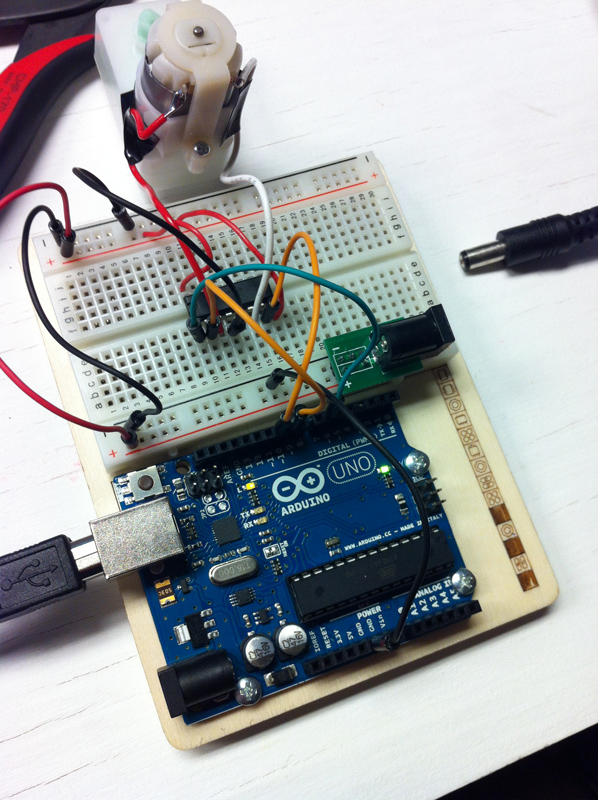
 http://www.nakedeyeplanets.com/
http://www.nakedeyeplanets.com/